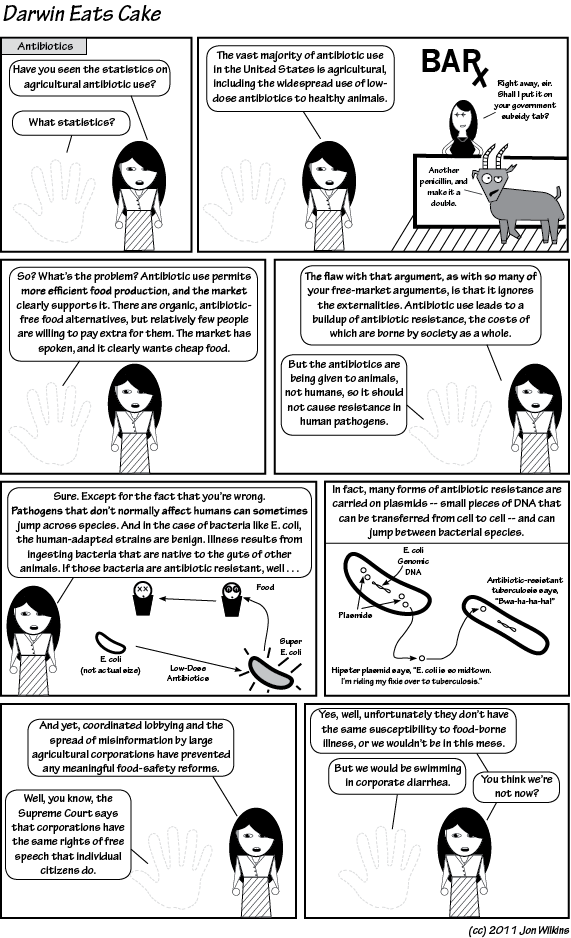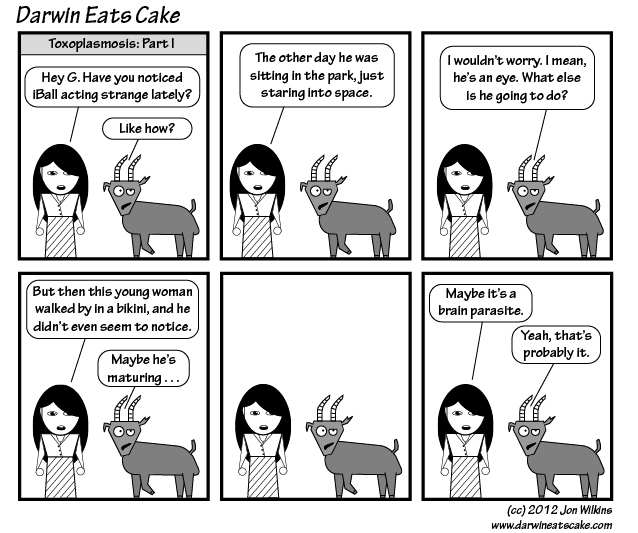So, how would you pronounce the name “Muller”? According to the standard pronunciation rules of American English, it should sound like a word that means “one who mulls,” with the “u” pronounced like the “u” in mullet. Curiously, however, when evolutionary biologists talk about “Muller’s ratchet,” more often than not they will pronounce the name so that it rhymes with “Bueller,” as in “Hermann Mueller’s Day Off.”
[Aside: Muller’s ratchet refers to a model in which deleterious mutations arise in a population, but there are no beneficial mutations. An individual’s fitness is a decreasing function of the number of deleterious mutations they possess. These deleterious mutations are held in check by purifying selection, such that there is a steady-state distribution of the population into fitness classes. The “ratchet” part refers to the fact that, in a finite population, stochastic fluctuations will eventually lead to the loss of the highest fitness class. The whole distribution then shifts down. This progresses in a ratchet-like fashion, and the fitness of the whole population declines over time. The take-home point is that purifying selection alone is not sufficient to preserve adaptation indefinitely. You also need some number of beneficial mutations to maintain fitness in the long run. Recombination can reconstitute higher fitness classes, reversing the ratchet in the short term, but still leaves the system susceptible to the stochastic fixation of deleterious mutations.]
If you ask one of these evolutionary biologists why they pronounce “Muller” like “Mueller,” they will often point you towards the umlaut on the u (or, somewhat equivalently, the e following the u). The thing is, there is no umalut, nor is there an e. Sometimes they will point to the fact that Muller was German, and that therefore, you know, it should sound more German. Except for the fact that Muller was not German. He was born in New York City. His parents were also born in the United States.
Now, according to Wikipedia:
H. J. Muller and science fiction writer Ursula Le Guin were second cousins; his father (Hermann J. Muller Sr.) and her father’s mother (Johanna Muller Kroeber) were siblings, the children of Nicholas Müller who immigrated to the United States in 1848.
That’s sort of cool about Ursula Le Guin. It also suggests that Muller’s grandfather was, in fact, named “Müller,” which would not really be pronounced the way that people say “Mewler,” but that would at least be the more standard Americanization of the name. What it looks like is that Muller’s grandfather changed his name (either by choice, or by orthographical fiat, as was often the case at Ellis Island). It would not surprise me if he pronounced it in the German fashion, but that the name became fully Anglicized over the course of the next couple of generations.
Of course, with names, I figure the rule is that the correct pronunciation is always how the person themselves pronounces (or, in this case, pronounced) it. On that point, all I can do is point to a seminar by Matt Meselson that I once attended. At the end of his talk, someone from the audience asked a question about “mewler’s ratchet.” Before answering, Meselson made the point that he had known Muller, and the Muller had pronounced it “Muller.” I have attempted to contact Muller’s surviving daughter for more direct confirmation, but have not heard anything back yet. If and when I do, I’ll post an update.
In the meantime, here’s a little mnemonic I’ve whipped up for you
There was once a professor named Muller
whose breakfast could not have been duller.
As his fitness crept down
with a ratcheting sound,
he said, “Man, I could go for a cruller!”
NB: I have also found no evidence that Muller ever lived in Nantucket.













